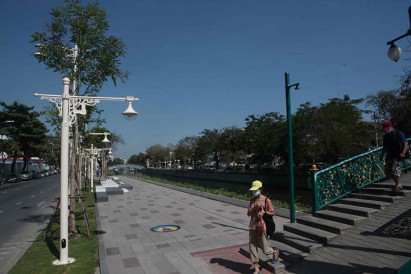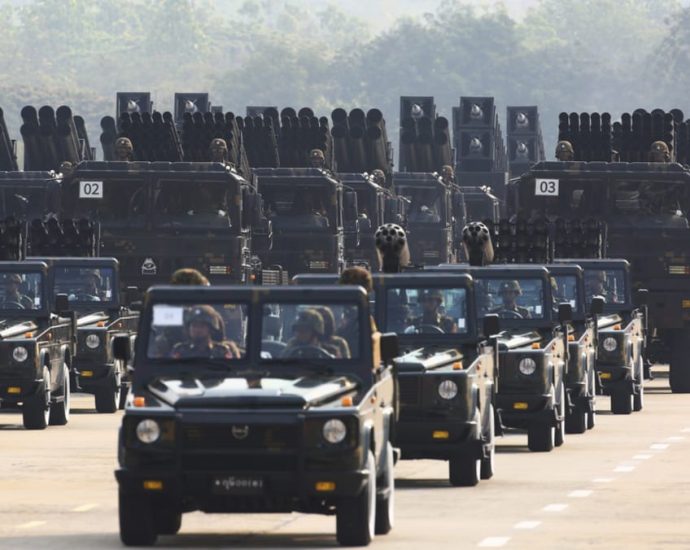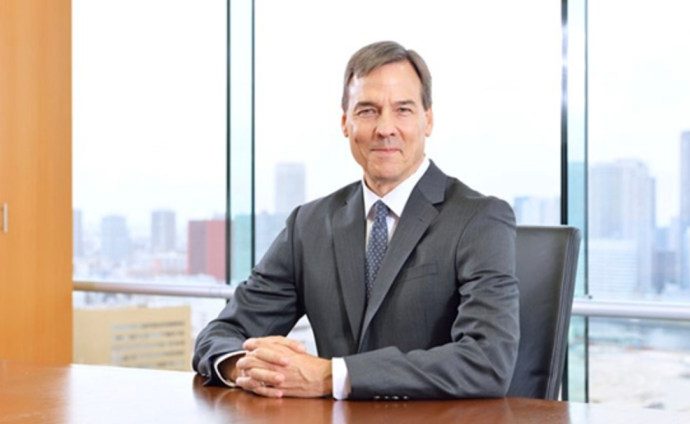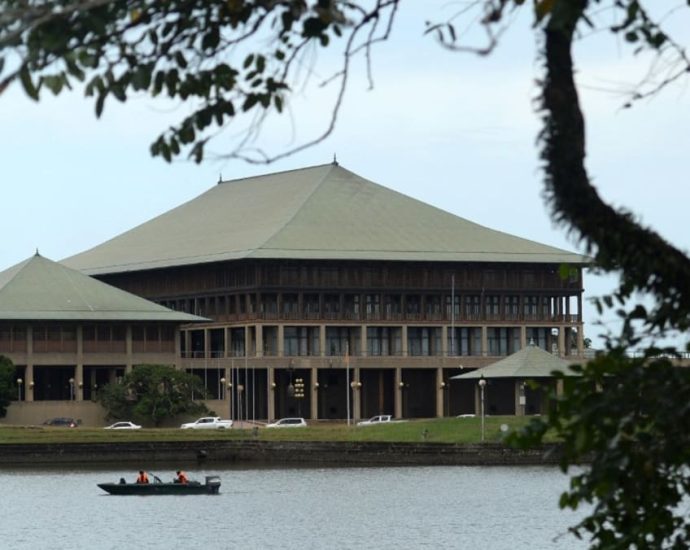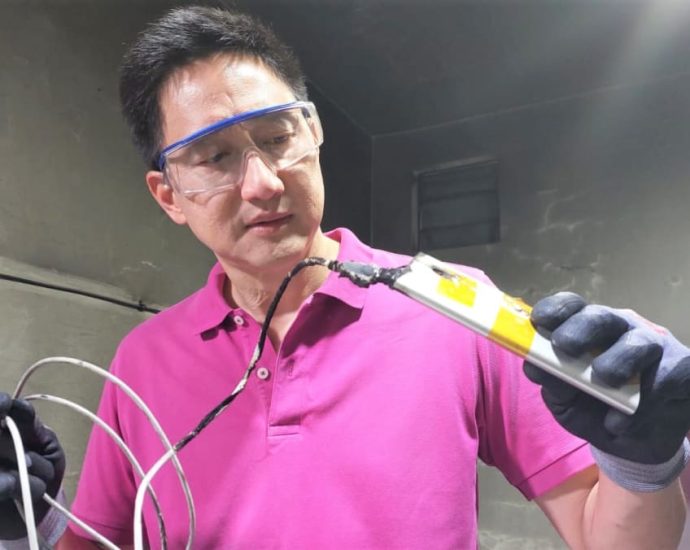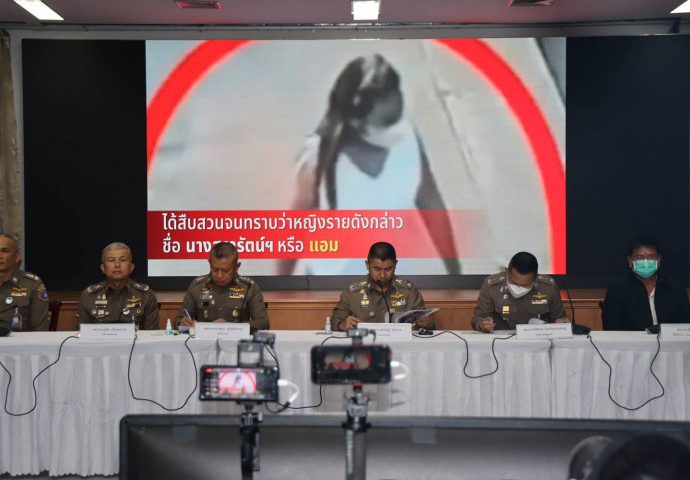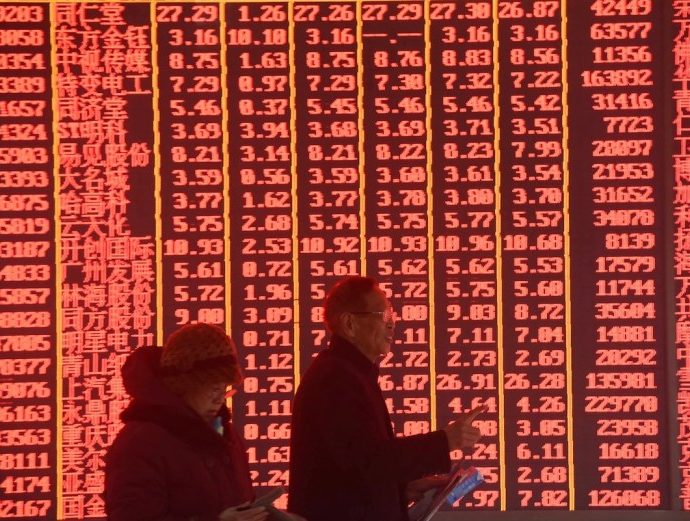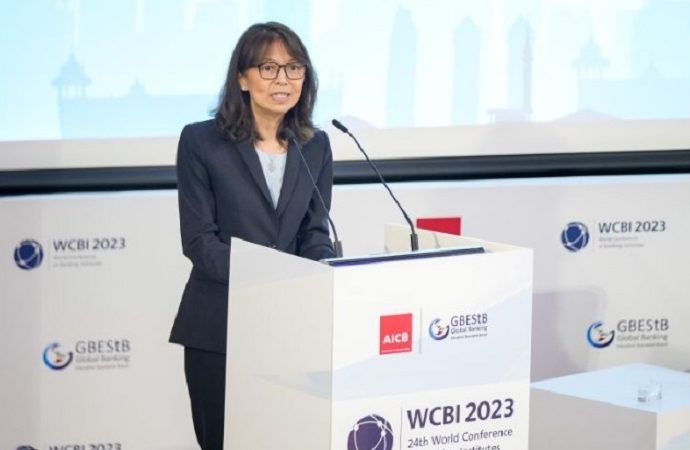Two new hires bode well for Chinaâs reform
If “personnel is policy,” as the old adage goes, then two big staffing moves over the weekend suggest China’s financial reform process is accelerating in critical ways.
Chinese leader Xi Jinping signaled as much by elevating protege Pan Gongsheng to Communist Party chief of the People’s Bank of China (PBOC) – and likely to the PBOC governorship in short order.
Xi also reportedly named Ding Xuedong, a senior State Council official, as party chief of the National Council for Social Security Fund (NCSSF).
Pan’s promotion was a particular surprise. Last year, he was stripped of his membership in the party’s Central Committee, a status that was held by his PBOC predecessor Guo Shuqing.
Yet, given Pan’s experience and policy preferences, his ascent also suggests Beijing plans to avoid the yuan depreciation markets now fear. And that Xi and Premier Li Qiang are stepping up efforts to repair China’s shaky property markets.
Pan, who’s done stints at Harvard and Cambridge, has led since 2016 the State Administration of Foreign Exchange, managing China’s US$3 trillion-plus in foreign reserves. As such, Pan is thought to favor stabilizing a yuan that’s down more than 5% this year.
Pan, 59, skews technocratic in ways likely to accelerate steps to repair China’s reeling property sector and boost consumer spending. He’s also believed to favor less adversarial relations with the US, significantly on the eve of Janet Yellen’s first China visit as US Treasury Department secretary.
“China’s weak economic recovery and worsening geopolitical tensions likely prompted Pan’s hasty elevation,” says analyst Anna Ashton at Eurasia Group. “He is a proponent of regulatory reform and oversight and boasts strong international knowledge and connections relative to other Chinese central bankers.”
Over the years, Pan understood more than most in party circles that China’s real estate boom might be followed by a dramatic reckoning. Back in 2014, he warned that “if citizens store their wealth by buying houses, it may cause the real estate bubble to burst or even [cause] an economic crisis.”
Yet Pan’s charge to increase consumer confidence could get an important assist from Ding’s arrival at the social security fund. Ding’s promotion seems a sign that Xi and new Premier Li are getting serious about building a deeper and broader social safety net, a prerequisite to a more vibrant, consumer-driven China.
Ding, 63, has served as executive deputy secretary-general in China’s cabinet since 2018. His resume includes stints at the Ministry of Finance, the Financial Stability and Development Committee and state-owned China Investment Corp.

NCSSF was established in 2000 mainly to act as a reserve to cover shortfalls in pension funds. It stands separate from local government-managed social insurance funds, pensions and health care and unemployment funds.
Tapping Ding suggests the fund’s missions may be getting supersized and turbocharged at the same time. It’s long been known that such a shakeup is needed to encourage 1.4 billion mainlanders to save less and spend more.
“The economic recovery provides opportunities for further reducing financial risks, strengthening the social safety net and implementing market reforms to encourage private investment while putting the economy on a more efficient decarbonization path,” says World Bank economist Mara Warwick.
She adds that “implementation of key structural reforms remains crucial to solidify the recovery and achieve China’s longer-term goals of environmentally sustainable, resilient and inclusive growth.”
The social safety net piece of the puzzle is vital to prod mainland households to increase consumption to facilitate a shift from an export-driven growth model to one powered by domestic demand, Warwick notes.
Elitza Mileva, also a World Bank economist focused on China, notes that “as in the past, robust economic growth that creates jobs and boosts household incomes will remain important for shared prosperity.”
Equally important, though, Mileva adds, is that “policy, both revenue and spending measures, can be effective in promoting more equitable income distribution among China’s population.”
Economist Sophie Wieviorka at Crédit Agricole notes that the “problem is that China doesn’t currently wield the right drivers for public policy in these areas.”
“As of now, intervention is focused on purely Keynesian measures – including vouchers to pay with at local stores – for short-term use instead of developing a real social safety net, which could be implemented by the central government since it still has some room for maneuver with regard to debt,” she adds.
Chinese authorities, Wieviorka says, “are caught in the middle” in part because of the “problem with over-indebtedness, which also partly explains the limited response of authorities regarding the budget.”
Wieviorka adds that “aware of its limited resources, China is painstakingly shedding its growth model, which is extensive – and based on an accumulation of labor and capital, and intensive – based on the optimization of existing resources. It’s a necessary move, but not always a winning strategy, as the middle-income trap is never far behind.”
So, building a better network of social safety nets has never been more important, as Ding’s arrival seems to suggest.
It’s more complicated than that, of course. As economist Brad Setser at the Council on Foreign Relations think tank observes, “China’s high domestic savings rate allows it to sustain higher debt levels than most emerging economies. No need for imported capital, and the state system can avoid internal confidence crises most of the time.”

Yet Japan reminds Asian peers about the evils of excessive savings. Zhu Min, a former deputy managing director of the International Monetary Fund (IMF), notes that China needs to fix the confidence gap to prod households to spend more. That, Zhu says, means better social safety nets by improving pensions and health care.
“I understand there is a lot of fear,” Zhu said. “We need really to take the fear away, rebuild the confidence. This is the most important thing.”
Current IMF economist Thomas Helbling notes that “expanding social safety nets, for example, by further increasing the adequacy and coverage of social assistance benefits and introducing a dedicated unemployment benefit system, would help enhance the automatic stabilizer role of fiscal policy.
“A comprehensive tax reform over the medium term to broaden the tax base is imperative to provide a stable source of revenue to meet long-term spending needs while ensuring fiscal sustainability.”
In general, Helbling says, the “prioritization of spending on households over investment would also deliver larger stabilization benefits. For example, means-tested transfers to households would boost aggregate demand 50% more than an equivalent amount of public investment. To ensure consistency across policies, fiscal policy should be undertaken within a medium-term fiscal framework.”
Helbling argues for “an ambitious but feasible set of reforms can improve these prospects, importantly in a way that is inclusive by raising the role of household consumption in demand.
“Reforms such as gradually lifting the retirement age to increase labor supply, strengthening unemployment and health insurance benefits, and reforming state-owned enterprises to close their productivity gap with private firms would significantly boost growth in coming years.”
As these vital reforms begin in earnest, Pan now has an opportunity to tap into what he recently termed China’s “rich experience” in responding to economic shocks using “plentiful macro-prudential tools.”
Initially, markets will be expecting Pan’s promotion to signal a “clearing of the way” for fresh stimulus moves, notes economist Hao Hong at GROW Investment Group.
Yet markets are also unclear about the big-picture meaning of Pan’s appointment. One source of confusion: does his relatively modest Communist Party ranking mean the PBOC is being downgraded in terms of its role in overall policymaking?
Already, the PBOC reports to Premier Li and the State Council, requiring their approval on managing the yuan or setting interest rates. Yet, on the other hand, indications are that Pan is on track to be both party chief and governor of the central bank. This, Eurasia’s Ashton notes, “will mark a return to the ‘single-head’ leadership structure that was the norm at the PBOC prior to 2018.”
From 2018 to 2023, she notes, current Governor Yi Gang and outgoing PBOC party chief Guo ran things as dual heads: Yi as governor and deputy party chief and Guo as party chief and deputy governor.

“Re-merging the roles of party secretary and governor,” Ashton says, “concentrates decision-making power and would ensure Pan greater authority within the central bank system.”
Either way, Pan seems a solid choice. PBOC leadership could do worse than being led by a Western-trained and battle-tested economist – one with in-the-trenches experience working at some of China’s ‘Big Four’ state-owned commercial banks. This includes experience at the Agricultural Bank of China.
And it includes an important changing of the guard at China’s social security apparatus that dovetails with new leadership at PBOC central. And by all past and present indications, both staffing moves bode well for China’s financial and economic reform prospects.
Follow William Pesek on Twitter at @WilliamPesek



